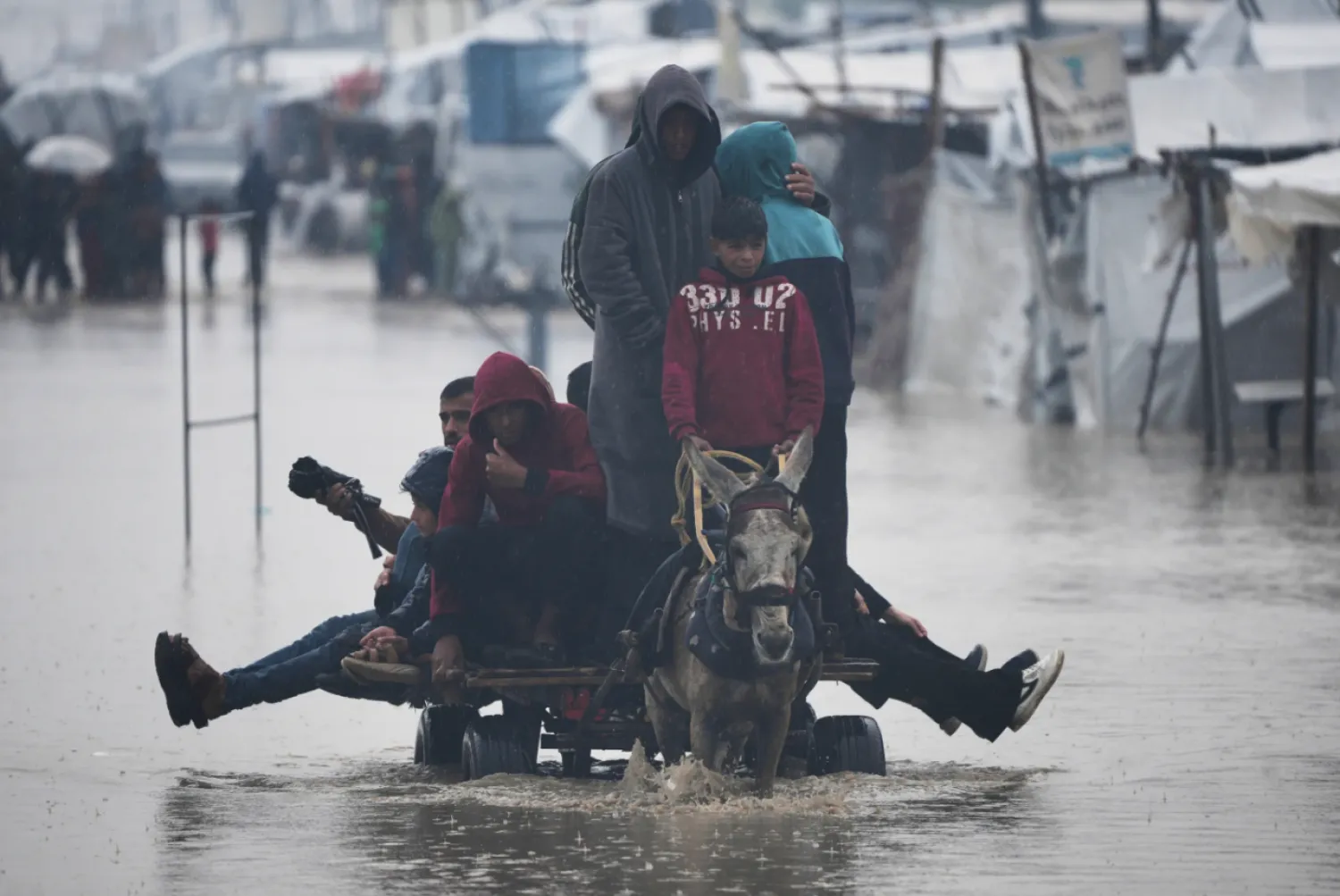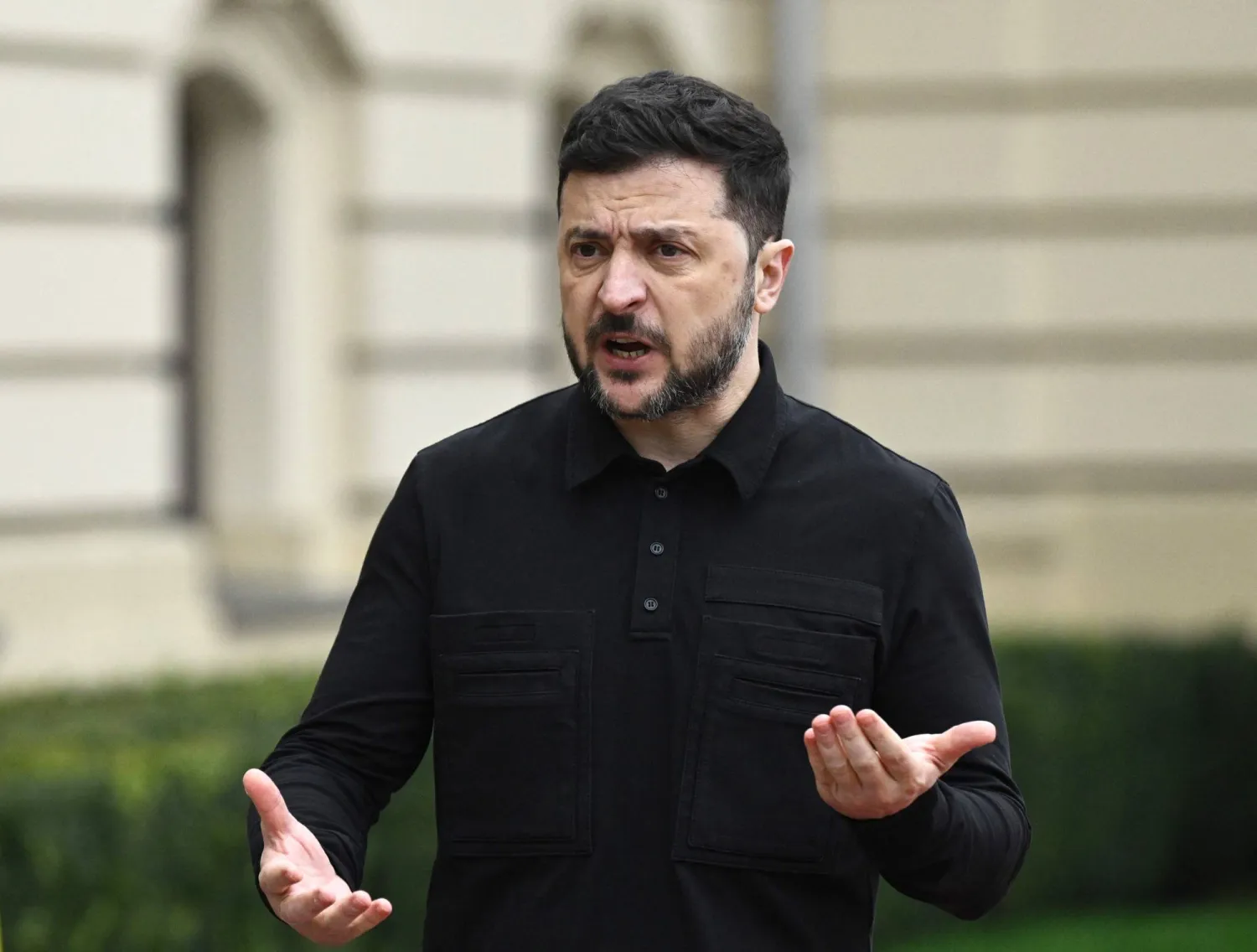Unconfirmed reports suggest that Hassan Nasrallah, the Secretary-General of Lebanon's Hezbollah, was killed in an Israeli airstrike on Beirut on Friday, raising questions about who might succeed him after 32 years in power.
While the process for selecting leaders in groups like Hezbollah is often secretive, Hashem Safieddine emerges as a top contender if the rumors are confirmed.
A cousin of Nasrallah and the father of the son-in-law of Qassem Soleimani, the former commander of Iran’s Quds Force, Safieddine has been groomed for leadership since 1994.
Safieddine closely resembles Nasrallah in appearance and mannerisms. He moved from Qom to Beirut to lead Hezbollah’s Executive Council, which functions as the party’s governing body, with oversight from the late security chief Imad Mughniyeh.
For three decades, Safieddine has been a key player in Hezbollah, managing day-to-day operations and financial affairs while leaving strategic decisions to Nasrallah.
Safieddine, who has been on the US terrorism list since 2017, is a prominent Hezbollah official known for his close connections to both the military and executive branches of the group.
His relationships within the party have made him a significant player in its leadership.
Safieddine’s Strong Ties to Iran Enhance Leadership Chances
Safieddine has strong connections with Tehran, having spent years studying at the Qom seminary before being called to Beirut by Nasrallah to take on key roles in Hezbollah.
In 2020, his son, Rida, married Zainab Soleimani, the daughter of Soleimani, who was killed in a US airstrike in Baghdad that same year.
Sixteen years ago, an Iranian newspaper suggested Safieddine as a potential successor to Nasrallah, but sources indicate that the decision was made much earlier.
A former senior Hezbollah leader revealed that Safieddine was chosen about two years after Nasrallah became Secretary-General in 1992, following the assassination of Abbas al-Mousawi by Israel.
Safieddine was urgently summoned from Qom to Beirut in 1994 to take a position that allowed him to control the party’s financial and administrative operations.
His chances of succeeding Nasrallah are strengthened by their similar paths within the party, although Nasrallah, who is only two years older, carries a more significant political presence.
Safieddine has remained largely unknown in Lebanese politics until recently.
Due to heightened security around Nasrallah, he has stepped into the spotlight at party events, especially during funerals for members killed in Lebanon or while fighting alongside President Bashar al-Assad’s regime in Syria and other areas supporting Iran’s regional agenda.
Limited information is available about Safieddine. He was born in 1964 in Deir Qanun al-Nahr, a town in southern Lebanon, to a family with a strong social presence.
His family includes Mohammad Safieddine, a prominent MP in the 1960s and 1970s, as well as several well-known religious figures.









